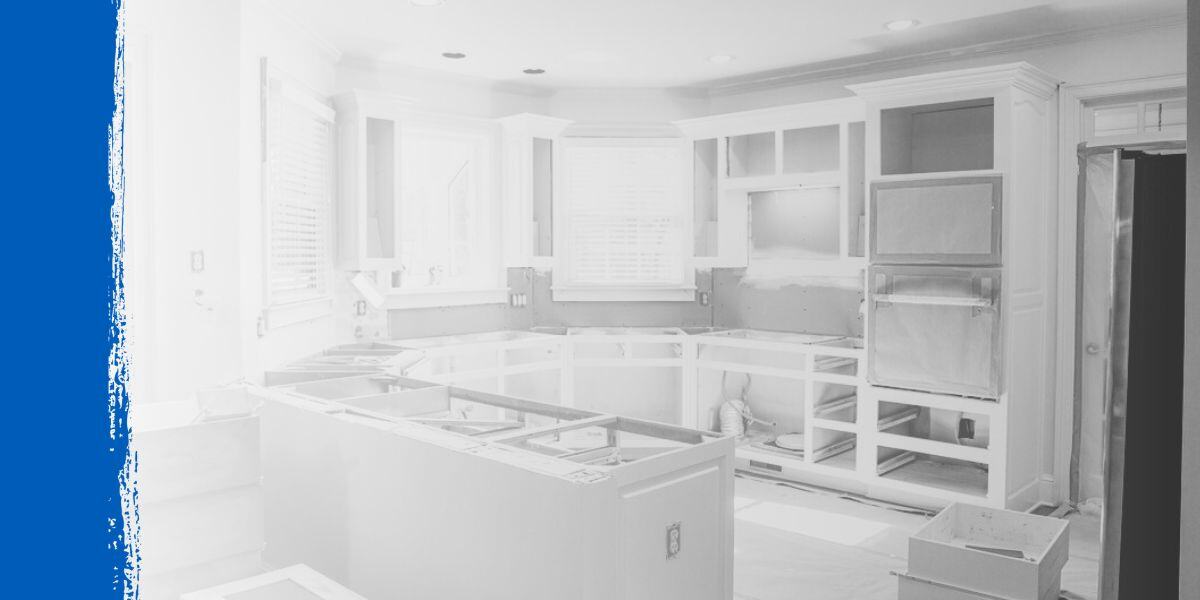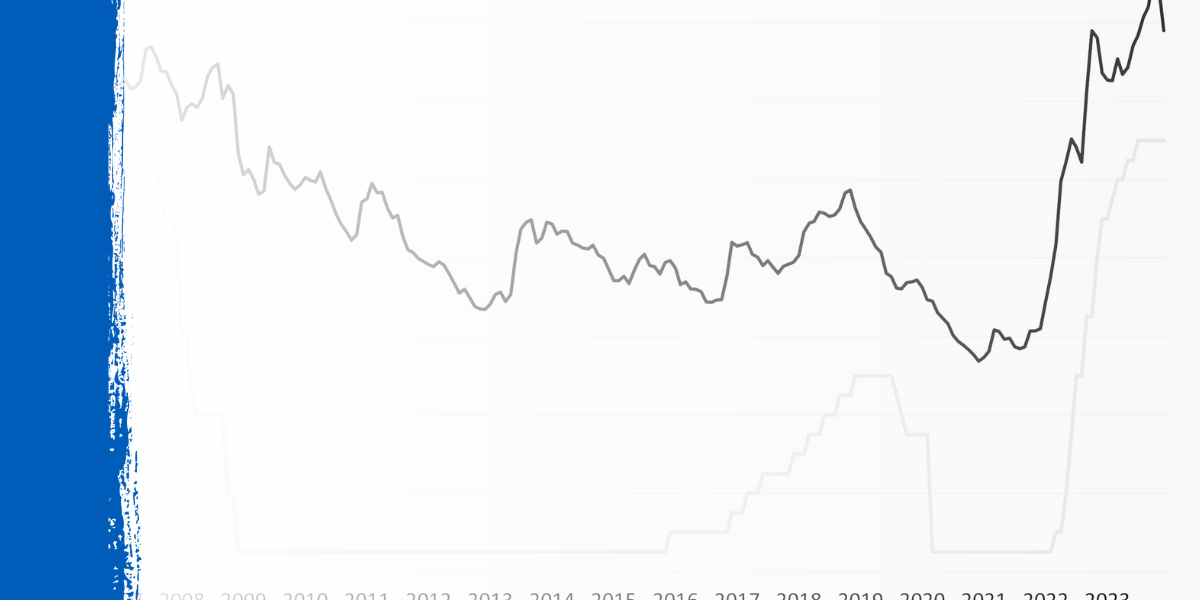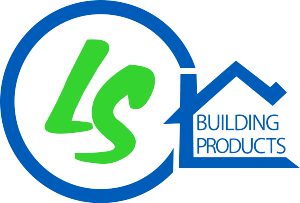Choosing the right siding material for your home or commercial building is a crucial decision. Each type of siding material—vinyl, fiber cement, and wood—has its own unique benefits, costs, and maintenance requirements. In this guide, we will explore these popular siding materials in depth, offering insight into their durability, best applications, and suitability for different climates.
Table Of Contents:
- Vinyl Siding
- Fiber Cement Siding
- Wood Siding
- Engineered Wood
- Siding Styles and Options
- Factors to Consider When Choosing Siding
- Siding FAQs
Vinyl Siding
- Best For: Homeowners looking for affordable, low-maintenance siding in moderate climates.
- Maintenance: Occasional cleaning with a hose or pressure washer.
- Durability: 20-40 years.
Vinyl siding has become one of the most widely used exterior cladding materials, especially in residential homes. Made from PVC (polyvinyl chloride), it is renowned for being durable and low maintenance. Vinyl siding comes in various styles, including horizontal lap, vertical panels, and even shingle styles designed to mimic natural wood. With vinyl, you have a broad selection of colors, textures, and finishes, making it a versatile choice for any home design.
One of the greatest advantages of vinyl siding is its affordability in terms of both purchase and installation costs. Maintenance is minimal—just a periodic cleaning to remove dirt and debris will keep it looking fresh. Vinyl is also highly resistant to moisture, mold, and rot, which makes it ideal for areas with high humidity or frequent rain. However, it can crack or warp under extreme temperatures, particularly in colder climates.
Installation
Vinyl siding installation is typically straightforward, making it a popular choice for new builds and renovations. For new construction, vinyl siding can be applied directly to the house’s sheathing. For existing homes, it can be installed over current siding in some cases, reducing demolition costs. However, the existing surface must be flat and smooth for proper installation.
Vinyl is relatively lightweight, reducing installation time and labor costs. It also snaps together easily, using interlocking panels nailed into place and requiring minimal specialized tools.
Pros:
- Durable and resistant to moisture, mold, and rot.
- Available in various styles (lap, shake, vertical) and various colors.
- Low-maintenance; does not require painting or staining.
- Cost-effective compared to other options.
Cons:
- Can crack in extreme cold or warp in intense heat.
Fiber Cement Siding
- Best For: Homes in areas with harsh weather conditions, such as fire-prone or coastal regions.
- Maintenance: Periodic repainting (every 10-15 years) and cleaning.
- Durability: 30-50 years.
Fiber cement siding is a composite material made from cement, sand, and cellulose fibers. It is known for its durability and can last up to 50 years with minimal maintenance. It is designed to mimic the appearance of wood, stone, or brick, giving homeowners the aesthetic versatility to match different architectural styles while enjoying a higher resilience.
Unlike vinyl, fiber cement siding is fire-resistant and offers superior protection against harsh weather conditions, including extreme heat, cold, and moisture. This makes it an excellent choice for homes in areas prone to wildfires or extreme weather events. However, its weight makes installation more labor-intensive, requiring reinforced framing, which can add to the overall cost. Despite this, fiber cement remains a popular choice due to its longevity and minimal upkeep needs, making it an excellent long-term investment.
Installation
Fiber cement siding is more complex to install than vinyl or wood siding. Its heavier weight requires reinforced framing, which can increase the overall installation cost.
Fiber cement must also be cut with specialized tools, such as a diamond-tipped saw blade, and installed carefully to avoid cracks during handling. This makes professional installation critical, especially for larger projects or renovations. While more labor-intensive, fiber cement’s superior durability and longevity make it a worthy investment for new builds and upgrades.
Pros:
- Highly resistant to fire, termites, and rot.
- Can mimic the look of wood, stone, or brick.
- Low maintenance and can be painted for aesthetic versatility.
- Long lifespan of up to 50 years.
Cons:
- Heavier than other materials, requiring reinforced framing.
- Higher installation costs.
Wood Siding
- Best For: Historical homes or luxury properties in mild climates.
- Maintenance: Requires painting or staining every few years and protection from pests.
- Durability: 20-40 years with proper maintenance.
For homeowners looking for a classic, natural look, wood siding remains an attractive option. Wood siding comes in various forms, including shingles, shakes, and clapboards, each offering a distinct aesthetic. One of the key advantages of wood siding is its versatility—it can be painted or stained in nearly any color to match the homeowner's preferences. Additionally, wood is an eco-friendly and renewable resource, which appeals to environmentally conscious builders.
Regarding maintenance, wood siding requires more upkeep than other options. Regular painting or staining is necessary to protect the wood from weathering, rot, and insect damage. It is also more susceptible to moisture and may not be ideal for areas with heavy rainfall or humidity. However, with proper care, wood siding can last for decades, making it a long-term investment for those willing to commit to its maintenance.
Installation
Installing wood siding requires craftsmanship, particularly in maintaining clean lines and consistent spacing. Wood is relatively lightweight and easy to cut, making it simpler to work with for both new builds and renovations. However, the process requires more attention to detail, as each board needs to be individually measured and secured.
For existing homes, removing old siding may be necessary to ensure a flat surface for proper installation. Additionally, wood siding may require regular caulking and weatherproofing to maintain its integrity over time.
Pros:
- Eco-friendly and renewable.
- Can be customized through stains and paints.
- Adds natural beauty and charm to homes.
Cons:
- Requires regular maintenance to prevent rot, termites, and weather damage.
- Expensive to install and maintain.
Engineered Wood
Best For: Builders and homeowners looking for a sustainable, strong, and cost-effective alternative to traditional wood products.
Maintenance: Minimal, often requires sealing or treatment during installation but needs far less ongoing maintenance than natural wood.
Durability: 30-50 years with proper installation and occasional treatment.

Engineered wood is a versatile, sustainable solution that combines advanced technology with natural materials to deliver exceptional strength, durability, and adaptability in construction projects. It’s especially popular among builders and contractors looking for a reliable material that can outperform traditional solid wood in demanding applications. Engineered wood products, such as OSB and CDX Fir Plywood, are manufactured to provide consistent quality, strength, and moisture resistance, making them ideal for modern construction projects.
One of the key benefits of engineered wood is its adaptability. Engineered wood is designed to meet specific standards, resulting in a consistent, high-quality product every time. It can be used in various construction scenarios, such as framing, sub-flooring, and roofing. Additionally, engineered wood’s eco-friendly manufacturing process, which often utilizes wood scraps and smaller pieces, appeals to those looking for sustainable building materials.
Installation
Installing engineered wood is generally more straightforward than working with natural wood. The consistency in sizing and quality means that engineered wood panels and components fit together with fewer gaps, minimizing construction delays. Engineered wood products are also designed to be lightweight, making them easy to handle and install, which can significantly reduce labor time on job sites.
In addition, prefabricated wall panels and trusses made from engineered wood help cut down on material waste and onsite labor. The use of prefabrication means fewer errors and more efficient use of materials. Whether it's framing walls or building sub-floors, engineered wood offers a quicker and less labor-intensive installation process compared to traditional wood.
Pros
- Sustainable and Efficient Use of Resources: Manufactured using smaller pieces of wood, which reduces waste and maximizes material usage.
- Consistent Quality: Engineered wood provides predictable performance with fewer defects like knots or warping, often found in traditional lumber.
- Versatility: Suitable for many applications, including framing, sub-flooring, sheathing, and roofing, with superior strength-to-weight ratios.
Cons
- Moisture Sensitivity: While engineered wood is moisture-resistant, prolonged exposure to water can lead to swelling or structural compromise if not adequately protected.
- Higher Upfront Costs: Though it reduces labor and time costs, engineered wood can be more expensive initially compared to untreated solid wood.
- Aesthetic Limitations: Engineered wood lacks the natural grain variation of solid wood, which may be less appealing for visible, decorative applications.
Siding Styles and Options
When choosing siding for your home, it’s essential to consider not only the material but also the style that complements your home’s architecture. At LS Building Products, we offer a wide range of siding styles to fit every design aesthetic, from traditional to modern. Below are some of the most popular siding styles and options available:
Horizontal Lap Siding
This is the most common siding style, where long, horizontal boards are installed to overlap each other. It’s available in various materials, including vinyl, fiber cement, and wood, and offers a classic look suitable for most home designs.
Board and Batten Siding
This vertical siding style features wide boards separated by narrow strips called battens. Board and batten siding is often used in farmhouse-style homes and provides a rustic, timeless appearance.
Shake and Shingle Siding
Designed to mimic the look of natural cedar shakes, this style adds texture and depth to a home’s exterior. It’s available in wood, vinyl, and fiber cement, providing durability and a charming, traditional look.
Dutch Lap Siding
A variation of traditional lap siding, Dutch lap has a concave profile that adds a shadow line for visual interest. It is commonly used with vinyl or wood siding and works well for contemporary and colonial homes.
Factors to Consider When Choosing Siding
Selecting the right siding for your home or project involves more than just aesthetics. Below are key considerations to help you make the best choice:
Climate and Weather Resistance
The local climate plays a crucial role in siding selection. Vinyl siding is resilient in various climates, while fiber cement excels in areas prone to extreme weather and fire resistance. Wood siding may not be ideal in humid regions due to its susceptibility to rot and insects.
Budget and Initial Cost
Siding materials vary significantly in price. Vinyl is the most affordable option, while wood and fiber cement are more expensive upfront. Installation costs also vary based on the complexity of the material.
Maintenance Requirements
Consider how much time and effort you are willing to invest in maintenance. Vinyl requires little upkeep, whereas wood needs regular painting or staining to prevent weather damage. Fiber cement offers a balance with minimal maintenance demands.
Aesthetic Appeal
The appearance of your siding should complement your home's architectural style. Vinyl and fiber cement come in various textures and colors, including styles that mimic wood. Alternatively, wood offers a natural, timeless beauty with higher maintenance costs to preserve its look.
Energy Efficiency
Some siding options offer better insulation than others. Fiber cement and insulated vinyl siding enhance the energy efficiency, which can help reduce heating and cooling costs in your home.
Durability and Lifespan
Different siding materials have varying lifespans. Vinyl can last up to 40 years with minimal maintenance, while fiber cement can last 50 years or more. Wood siding, although durable, requires regular care to reach a similar lifespan.
Siding Material FAQs
What is the most affordable siding option?
Vinyl is the most budget-friendly option, offering durability at a lower cost.
Which siding is best for fire-prone areas?
Fiber cement siding is fire-resistant and ideal for homes in fire-prone regions.
Can vinyl siding be installed over existing siding?
Yes, vinyl siding can often be installed over existing siding, provided the underlying material is in good condition, and the surface is flat. This can save on removal costs and labor, but it's important to ensure proper insulation and ventilation during installation.
How does fiber cement siding compare to wood in terms of maintenance?
Fiber cement siding requires far less maintenance compared to wood. While wood needs regular staining or painting to prevent rot and insect damage, fiber cement is resistant to these issues and usually only requires periodic cleaning and repainting every 10-15 years.
What is the best siding material for areas with harsh weather conditions?
Fiber cement and engineered wood, like LP SmartSide, are excellent choices for areas with harsh weather. These materials are designed to resist extreme temperatures, moisture, hail, and fungal decay, making them highly durable in challenging environments.
Choosing the Best Siding for Your Project
Selecting the right siding material depends on various factors, including climate, budget, and the desired aesthetic. Vinyl siding is an affordable, low-maintenance option perfect for those seeking durability without breaking the bank. Fiber cement offers superior resilience and longevity, especially in extreme climates, while wood provides unmatched natural beauty but requires a higher level of upkeep.
At LS Building Products, we understand that every project is unique, so we offer various siding options to meet your needs. Whether you're a homeowner looking to update your exterior or a contractor managing a large-scale project, our team is here to help.
Contact us today to learn more about our siding materials and how we can support your next project!
.png?width=98&height=67&name=Logo%20(13).png)
.jpg) Siding Materials Glossary: Vinyl, Fiber Cement, and Wood" loading="lazy">
Siding Materials Glossary: Vinyl, Fiber Cement, and Wood" loading="lazy">

.png)



